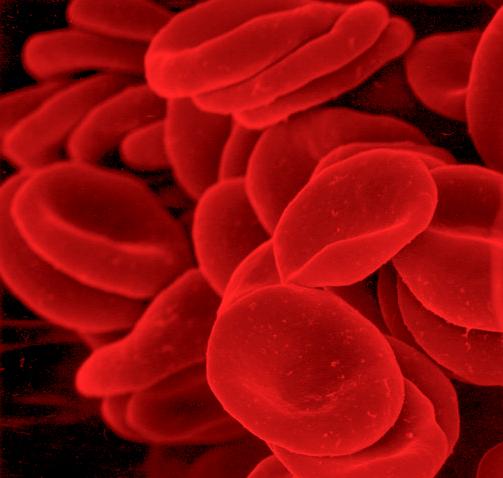Starter quiz
- A ______ organism is made up of many different cells.
- 'multicellular' ✓
- Starting with the smallest, put these in size order to describe the organisation in a multicellular organism.
- 1⇔cell
- 2⇔tissue
- 3⇔organ
- 4⇔system
- Choose the organs that are found in plants.
- leaf ✓
- root hair cell
- roots ✓
- brain
-
- Which of these types of tissue could be found in some animal organs?
- muscle tissue ✓
- waxy tissue
- nerve tissue ✓
- lining tissue ✓
-
- Multicellular organisms have organs that are made up of more than one type of ______.
- 'tissue' ✓
 Unicellular organisms are adapted to live as single cells, and can have different structures to help them ______ in their surroundings.
Unicellular organisms are adapted to live as single cells, and can have different structures to help them ______ in their surroundings.- 'survive' ✓
Exit quiz
- Which statements about cells are true?
- Cells are all exactly the same.
- Cells always have chloroplasts.
- Cells can be different sizes. ✓
- Cells can have different shapes. ✓
-
- Cells can vary in shape and the structures they contain. These differences are called ______.
- 'adaptations' ✓
- Which of the following adaptations would help a muscle cell carry out its function?
- Many hairs on the surface.
- Many chloroplasts.
- Many mitochondria. ✓
- No nucleus.
-
- Match each cell type to the correct description of its adaptation.
- Sperm cell⇔Tail to swim to the egg. ✓
- Root cell⇔Elongated shape, to give a large area, to absorb water. ✓
- Leaf cell⇔Many chloroplasts to trap light, to make the plant's food. ✓
- Nerve cell⇔Long length to transmit messages. ✓
 How are red blood cells adapted to carry oxygen?
How are red blood cells adapted to carry oxygen?- A tail for movement.
- Many mitochondria.
- No nucleus. ✓
- Nucleus in the cytoplasm.
-
- Which word best describes a cell that is adapted to carry out its job?
- functional
- model
- multicellular
- specialised ✓
- structured
-
Worksheet
Loading worksheet ...
Presentation
Loading presentation ...
Video
Lesson Details
Key learning points
- The animal and plant cell models describe common features of cells.
- Not all cells have all these features, and some cells have additional ones.
- Specialised cells in animals and plants have shapes, sizes, and structures, that are adapted for the jobs the cells do.
- Examples of specialised cells include red blood cells in animals and root hair cells in plants.
Common misconception
All cells are exactly like the standard animal and plant cell models shown in textbooks.
The lesson explores different shapes, sizes, and structures, of specialised cells that are adapted for specific functions.
Keywords
Adaptation - Differences in the shape, size, and structures of cells are adaptations.
Specialised - A specialised cell has adaptations that allow it to carry out a specific function.
Function - The function of a cell is its job or its role within an organism.
+